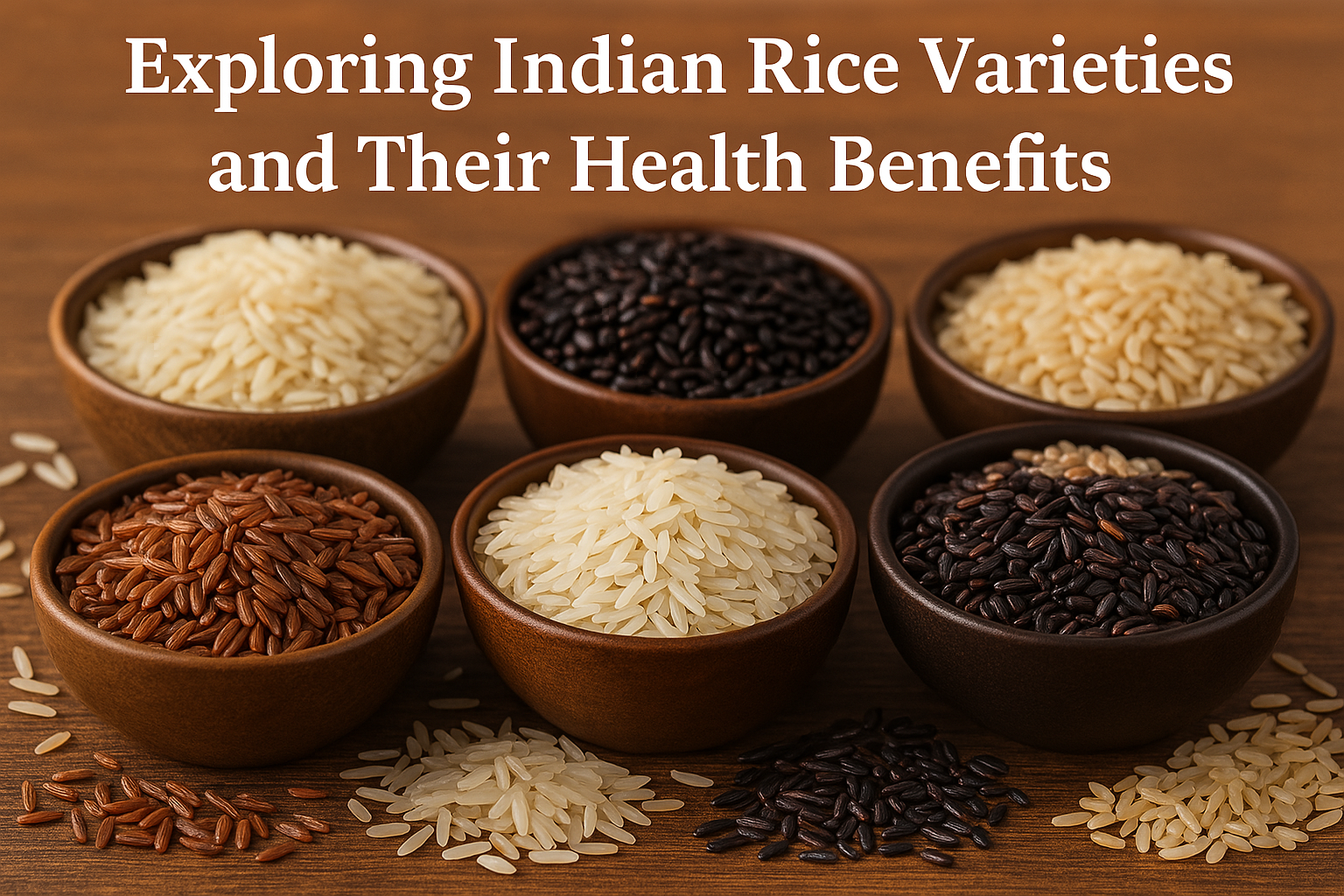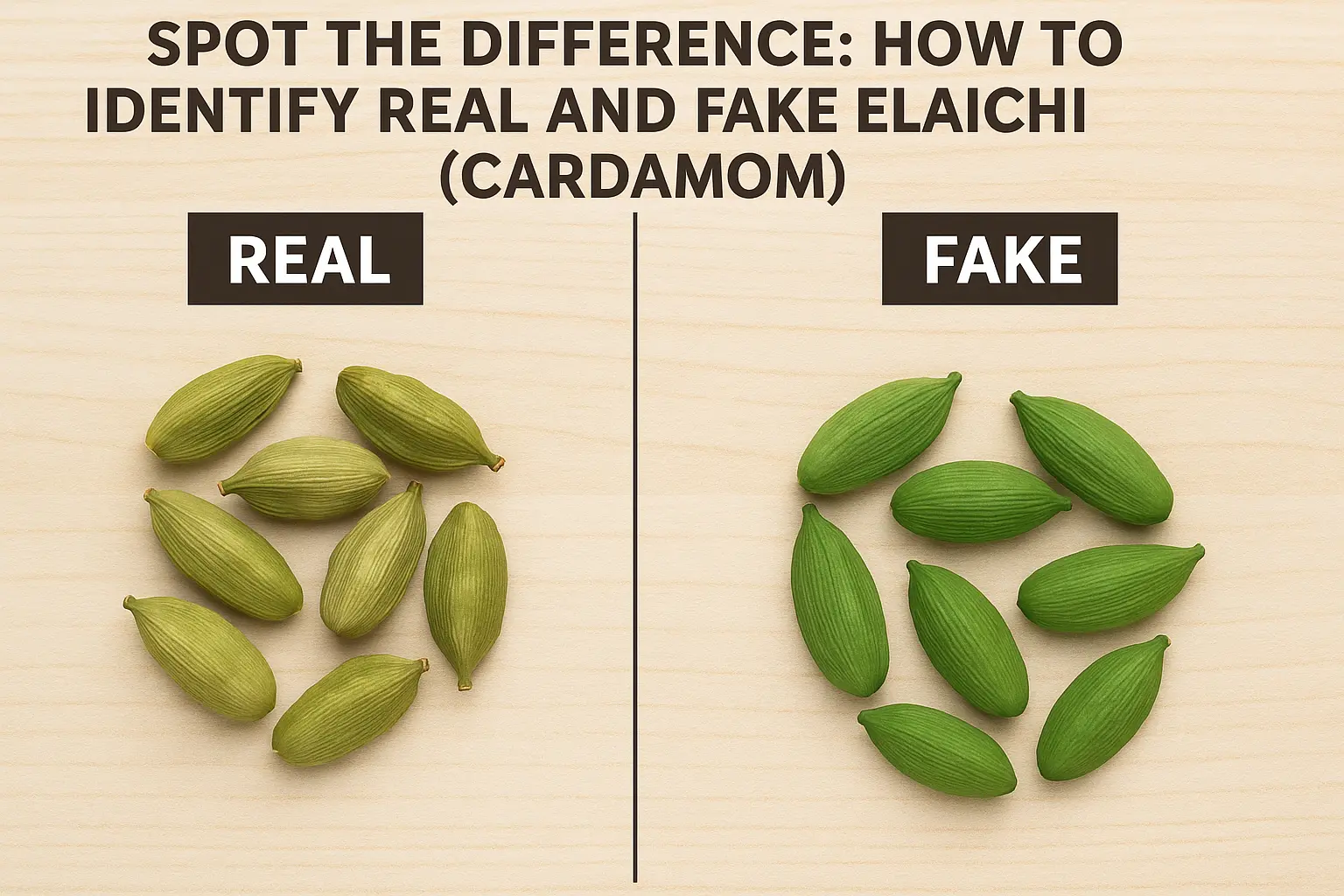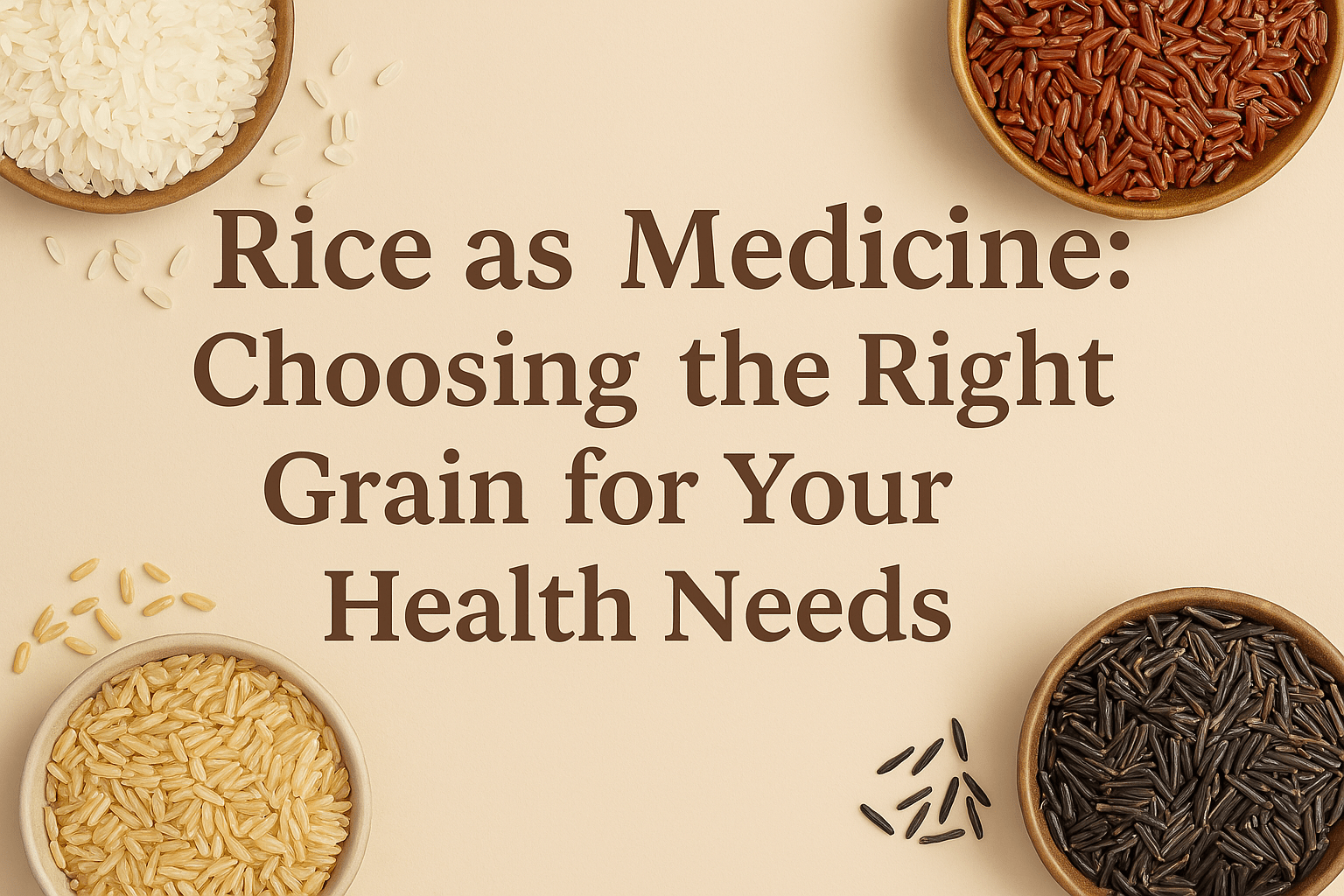In the fast-paced world we live in, maintaining a heart-healthy lifestyle is essential. High cholesterol levels can lead to various cardiovascular diseases, making it crucial to watch what we eat.

Fortunately, many delicious and nutritious foods can help lower cholesterol levels and promote overall well-being. Dhanush Kumar explores these cholesterol-lowering foods and why you should consider adding them to your daily diet.
Oats:

Start your day right with a bowl of hearty oats. Oats are rich in fiber, which helps reduce LDL cholesterol, also known as bad cholesterol. They also contain beta-glucans, known for their cholesterol-lowering properties. Oatmeal is not only nutritious but also incredibly versatile. Add berries, nuts, or a drizzle of honey for a delightful breakfast.
Nuts:

Nuts such as almonds, walnuts, and pistachios are tasty and brimming with heart-healthy nutrients. They are packed with monounsaturated fats, fiber, and plant sterols, all of which contribute to lowering LDL cholesterol levels. A few nuts a day can significantly affect your heart health.
Avocado:

Avocado is a creamy fruit that is not only a delicious addition to your meals but also beneficial for your heart. Avocados are rich in fats, which can help lower LDL cholesterol levels. Mash them up and spread them on whole grain toast, or add slices to your salad for a heart-healthy boost.
Berries:

Berries like Blueberries, strawberries, raspberries, and blackberries are bursting with antioxidants, which can help prevent the oxidation of cholesterol. Their high fiber content also contributes to lower cholesterol levels. Enjoy these vibrant fruits alone, in smoothies, or as a topping for yogurt and oatmeal.
Olive Oil:

Swap the saturated fats with olive oil in your cooking. Olive oil contains fats and anti-oxidants, such as polyphenols, that can lower cholesterol and reduce the risk of heart disease. Use it for drizzling over salads or dipping whole-grain bread.
Spinach and Leafy Greens:

Dark, leafy greens like spinach and kale are packed with nutrients like lutein, fiber, and potassium, which support heart health. They also contain minimal calories and can easily be incorporated into your diet through salads, smoothies, or a side dish.
Garlic:

Garlic not only adds flavor to your dishes but also offers medicinal properties. It contains allicin, a compound that can lower cholesterol levels and reduce blood pressure. Incorporate fresh garlic into your cooking whenever possible, or consider garlic supplements if you dislike its pungent taste.
Conclusion:
Incorporating these cholesterol-lowering foods into your daily diet can be a delicious and effective way to support heart health. Combine them with a balanced diet and regular physical activity for optimal results. With these foods, you can reduce your cholesterol levels and enjoy a healthier life.


































